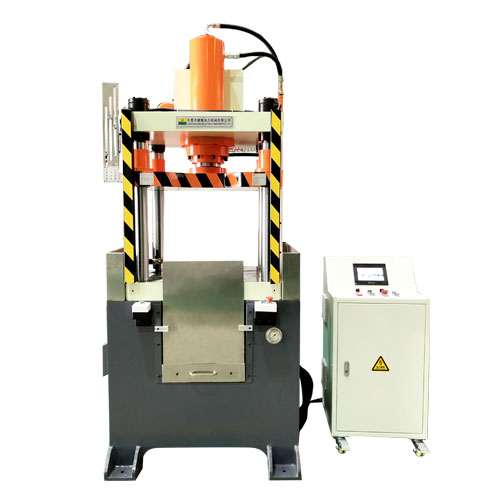Conventional superalloy materials can be classified into three types: base element type, alloy strengthening method and material forming method.
Classification based on basic elements
1, iron based superalloy
Iron-based superalloys are also known as heat-resistant alloy steels. The basic composition of this substance is iron, with a small amount of nickel and other elements added. According to its normalizing requirements, alloy elements such as heat-resistant alloy steel can be divided into martensite, austenite, pearlite and ferritic heat-resistant steel.
2, nickel superalloy
The nickel content of nickel-based superalloy is more than 50%, which is suitable for working environment above 1000℃. Using solid solution and instant processing technology, not only the creep resistance and compressive strength of the material can be significantly improved, but also the yield strength can be enhanced. According to the analysis, superalloys are usually used in high temperature environments. Nickel-based superalloys are also one of the most widely produced and used superalloys in China.
3, cobalt superalloy
The main body of cobalt-based superalloy is cobalt, accounting for about 60% of the total. Although the thermal resistance of this superalloy is excellent, its use is quite limited due to the insufficient production of cobalt resources in the world and the difficulty of processing. It is usually applied to the working blades of aircraft engines, turbine disks, high temperature areas in the combustion chamber, and high temperature environments such as aerospace engines (temperatures between 600 ° C and 1000 ° C), and high-temperature components that are subjected to extremely complex long-term stresses.
Reinforced alloy
According to the type of strengthening alloy used in superalloys, it can be divided into two main categories: one is the superalloy using solid solution strengthening technology, and the other is the superalloy using aging precipitation strengthening technology.
1, solid solution strengthening type
Solid solubility enhancement refers to the addition of some alloying elements in the superalloy to form a single austenitic structure. This method is often used in iron, nickel or cobalt based superalloys to enhance their solid solubility. The dissolved atoms deform the base matrix of the solid solution, increase the sliding resistance in the solid solution, and enhance the sliding resistance in the solid solution. Some melting atoms can reduce the dislocation energy of the alloy system, increase the trend of dislocation decomposition, make the dislocation movement more difficult, improve the performance of the alloy material, so as to achieve the purpose of high temperature reinforcement.
2. Strengthen aging precipitation
Strengthening aging is a heat treatment technology that improves its performance by solid solution and cold deformation of alloy workpieces, and then static or continuous heat preservation at higher temperatures.
Material forming method
Superalloys can be divided into two types: cast superalloys and deformation superalloys. Casting superalloys include ordinary casting alloys, single crystal alloys and directional alloys. Deformation superalloys include superalloys for general powder metallurgy and for diffusion and enhancement of oxides.
1, casting superalloy
Superalloy casting refers to the alloy material directly prepared by the casting process. Superalloys can be divided into three types according to their main components: iron based high temperature casting alloys, nickel based high temperature casting alloys and cobalt based high temperature casting alloys. Superalloys can usually be divided into four categories according to different crystallization methods: polycrystalline casting, directional solidification, directional eutectic casting and single crystal casting.
2, high temperature deformation alloy
So far, it is still a widely used material in aero engines, and has been widely used at home and abroad. The annual output of deformed superalloys produced in China is about one-eighth that of the United States. GH4169 alloy is one of the most widely used varieties at home and abroad. Bolts, compressors, wheels and exhaust pipes are the main components of Chinese turboshaft engines. With the continuous development of other alloy products, although the use of deformed superalloys may be reduced, it will still be one of the main alloy products in the next few decades.
3, new superalloy
It includes powder superalloys, titanium and aluminum intermetallic compounds, oxide dispersion strengthened superalloys, corrosion resistant superalloys, powder metallurgy and nanomaterials and other subdivisions.

Contact: Li Fuyan
Phone: 18988729072
E-mail: lifuyan45@gmail.com
Whatsapp:0086-18988729072
Add: Guangyi Industrial Park, No.2 Jinfu West Road, Tanglip, Liaobu Town, Dongguan City, Guangdong Province, China
We chat
